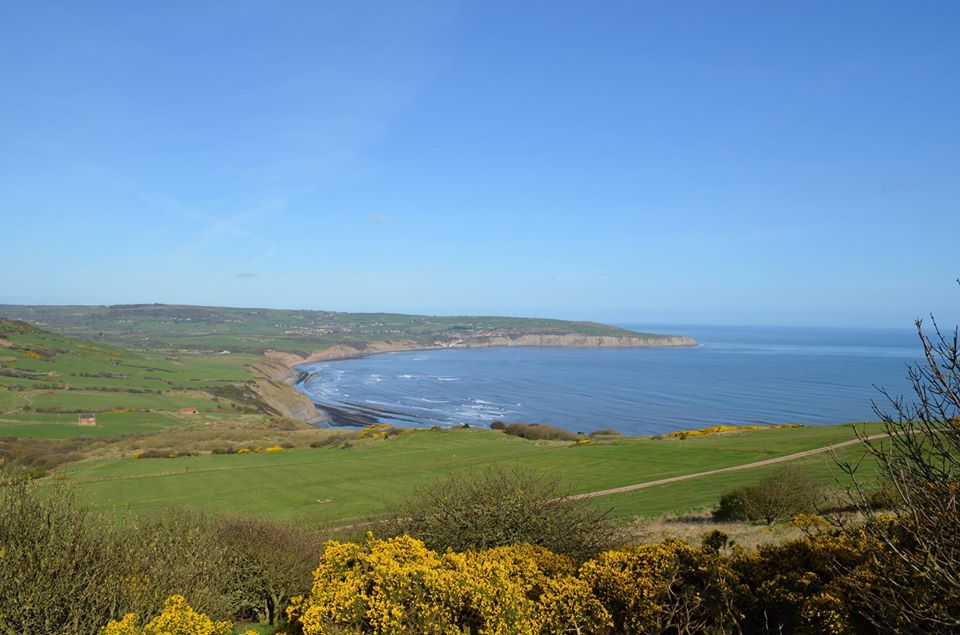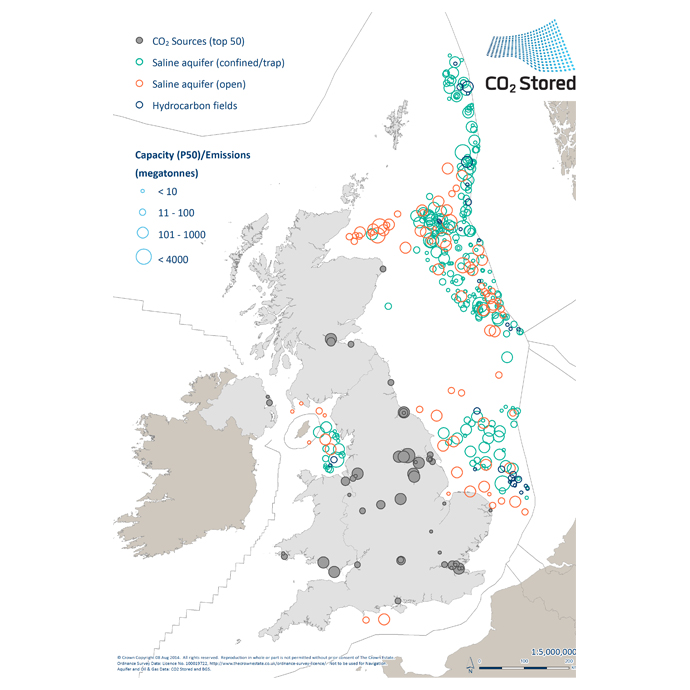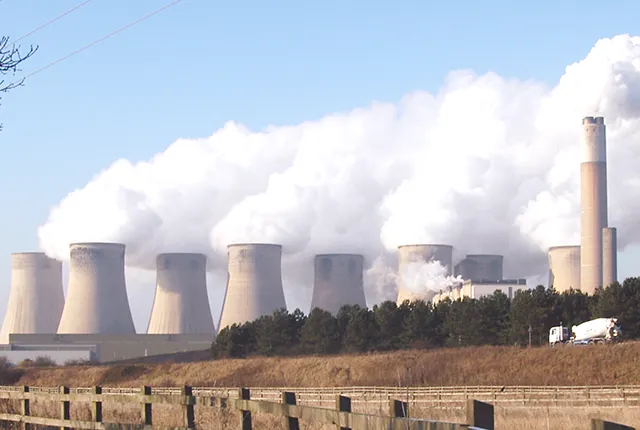To assist in the licensing of CO2 storage sites it is important to be able to provide a realistic, defensible and fully auditable estimate of the storage capacity of geological formations below the UK’s coastal waters.
We have been involved in storage capacity estimation since the 1990s, when the first project (known as JOULE II) on geological storage of CO2 was undertaken. We have applied our expertise in the UK and globally, including India, South Africa, China, Europe and Ireland.

Geological formations below the UK’s coastal waters may be potential storage sites for CO2. © Jacqueline Hannaford. All rights reserved.
Our work and recognised leadership in storage capacity estimation has led to the BGS’s involvement in a number of international initiatives, including the development of the Carbon Sequestration Leadership Forum storage capacity estimation methodology (Bachu et al., 2007) and as members of the United Nation Task Force on reserve estimates for injection projects.
The level of understanding of the theoretical storage capacity of the UK is mature; our focus is now is on maturing the understanding of UK storage to support development of CCS in the UK as well as engaging with countries who have yet to assess their CO2 storage potential.
UK storage capacity
The BGS was involved in developing the calculation methodology during the UK Storage Appraisal Project (UKSAP) funded by the Energy Technologies Institute (ETI). This was the first study to assess the whole of the UK Continental Shelf for its potential to store CO2 within saline aquifers (brine water-bearing formations), oil fields and gas fields.

CO2 storage capacity estimation. From CO2 Stored © BGS/UKRI.
CO2 Stored is the UK CO2 storage evaluation database providing access to date for over 500 potential storage units in the UK, including saline aquifers and oil and gas fields. For each storage unit, CO2 Stored provides geological parameters, such as:
- porosity and permeability
- a range of storage capacities
- potential geological risks
- economic projection for the cost of storage.
CO2 Stored is a national asset, identifying a geological storage potential of over 70 billion tonnes of storage deep under the UK seabed. The UK is the first country in the world to provide this information online. CO2 Stored is hosted and developed by the BGS in partnership with The Crown Estate.
Bachu, S, Bonijoly, D, Bradshaw, J, Burruss, R, Christensen, N-P, Holloway, S, and Mathiassen, O-M. 2007. CO2 storage capacity estimation: Methodology and gaps. International Journal of Greenhouse Gas Control, Vol. 1(4), 430–443.
Bentham, M, Green, A, and Gammer, D. 2013. The occurrence of faults in the Bunter Sandstone Formation of the UK sector of the Southern North Sea and the potential impact on storage capacity. Energy Procedia, Vol. 37, 5101–5109.
Bentham, M, Mallows T, Lowndes, J, and Green, A. 2014. CO2 STORage Evaluation Database (CO2 Stored). The UK’s online storage Atlas. Energy Procedia, Vol. 63, 5103–5113.
Gammer, D, Green, A, Holloway, S, and Smith, G. 2011. The Energy Technologies Institute’s UK CO2 storage appraisal project (UKSAP). In: SPE Offshore Europe Oil and Gas Conference, Aberdeen, Scotland, 6–8 September 2011. Society of Petroleum Engineers.
Holloway, S, Vincent, C J, and Kirk, K L. 2006. Industrial carbon dioxide emissions and carbon dioxide storage potential in the UK. British Geological Survey Commissioned Report CR/06/185N. (Nottingham, UK: British Geological Survey.)
Lewis, D, Vernon, R, O’Neill, N, Pasquali, R, Cleary, T, Bentham, M, Kirk, K, Chadwick, A, Hilditch, D, Michael, K, Allinson, G, Neal P, and Mihn Ho, D. 2009. Assessment of the all Ireland potential for geological storage of carbon dioxide in Ireland. Energy Procedia, Vol. 1(1), 2655–2662.
Smith, D J, Bentham, M, Holloway S, Noy, D J, and Chadwick, R A. 2010. The Impact of Boundary Conditions on CO2 Capacity Estimation in Aquifers. In: 9th Annual Conference on Carbon Capture and Sequestration, Pittsburgh, USA, 10–13 May 2010.
Contact
If you want to discover more then please contact Jonathan Pearce.
You may also be interested in

Carbon capture and storage
Studying carbon dioxide storage as a recognised European centre of excellence in a number of research areas.



